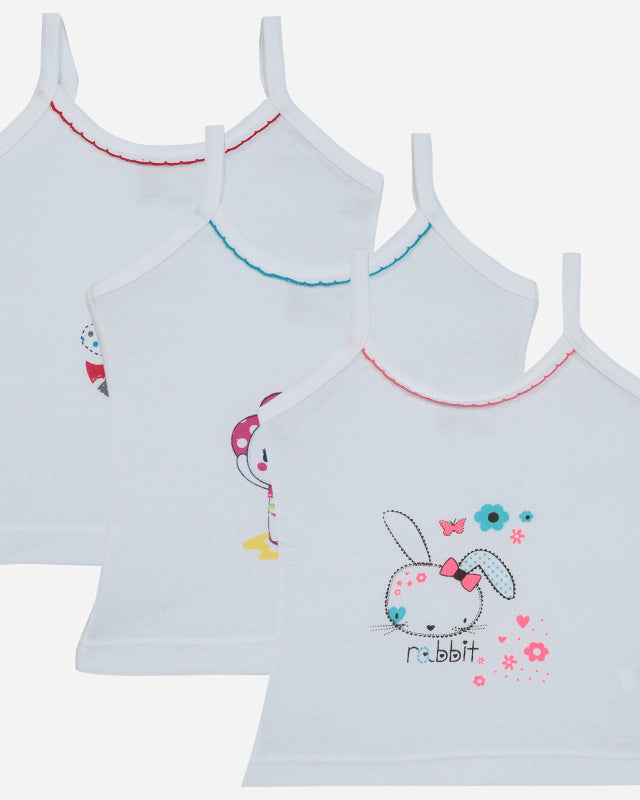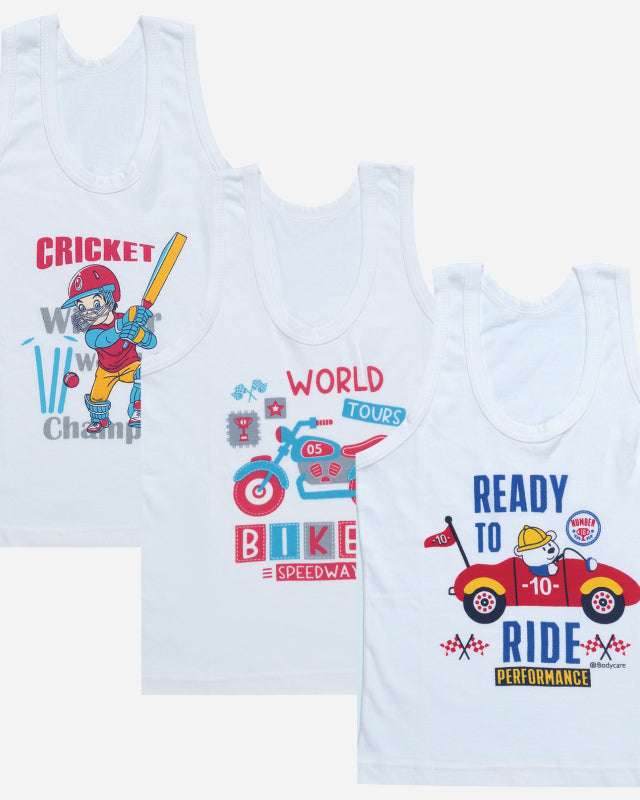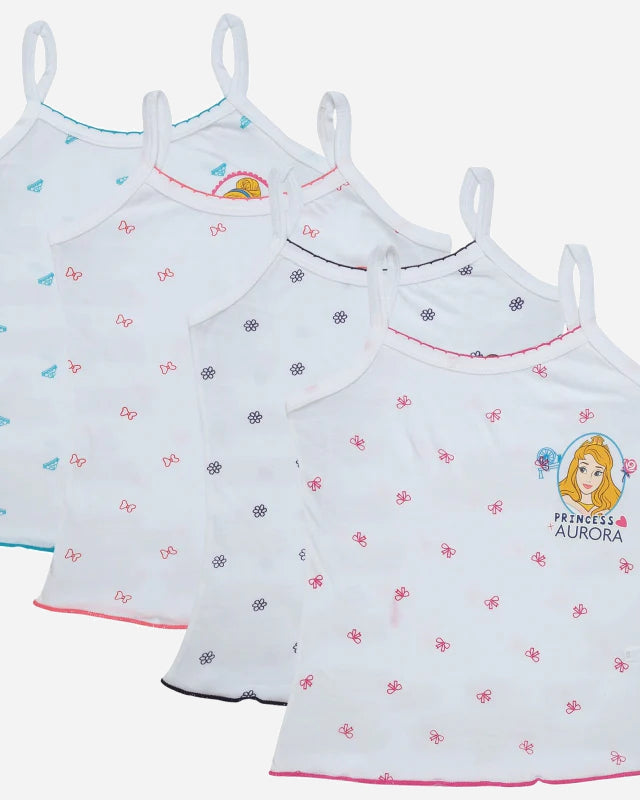Winter’s embrace can be both magical and challenging, especially for our little ones. While the season offers a playground of snow and festive vibes, it also demands extra attention to ensure that kids remain warm and comfortable. So, how do we walk this tightrope between enjoying winter’s beauty and safeguarding our children’s health and comfort?
How Can I Protect My Kids from Cold in Winter?
Before we dive into the specific techniques, it’s pivotal to understand the cornerstone of winter protection: layering. Multiple thin layers trap air, which acts as insulation, much more effectively than a single thick layer. The choice of fabric is equally crucial; materials like wool or fleece are ideal as they wick moisture away while retaining warmth.
Hats & Gloves: Nearly 40% of body heat can be lost through the head. Hence, a snug-fitting hat is essential. Similarly, mittens, preferably waterproof, should be worn to protect those tiny fingers from frostbite.
Boots: Wet feet can quickly chill the body. Look for waterproof boots with a warm lining.
Scarves & Ear Muffs: Protect the neck and ears, areas often forgotten but highly susceptible to cold.
How Do I Keep My Child Healthy in the Winter?
Winter health isn't just about staying warm. It’s a balance of nutrition, activity, and hygiene.
Diet: Ensure your child consumes vitamin-rich foods. Vitamins C & D are particularly vital during this season.
Exercise: Physical activity boosts the immune system. Indoor games, or brief outdoor activities, can keep their energy levels up.
Hygiene: Regular hand washing and usage of sanitizers can prevent the spread of winter bugs.
How Can I Keep My 2-Year-Old Warm in the Winter?
Toddlers are a bundle of energy and curiosity, requiring special attention:
Mittens Over Gloves: At this age, mittens are preferable, being easier to put on and providing better warmth.
Footwear: Ensure shoes are easy to put on but secure enough that they won’t come off easily.
What Are the Practical Tips to Keep Children Warm?
Dress in Layers: Start with a base layer, add an insulating layer, and finish with a waterproof layer.
Stay Dry: Wetness drastically reduces body warmth. Teach kids to come inside and change if they get wet.
Limit Outdoor Time: Shorter, more frequent breaks reduce exposure to extreme cold.
The Role of Thermals for a Baby’s Good Night Sleep
Thermal wear, often underrated, can be a game-changer. Thermals provide an additional layer of insulation, ensuring consistent body temperature. They’re particularly crucial at night when the temperature drops and the body is at rest.
Consider products like Bodycare Thermals for children. Thermals have anti-wick properties, ensuring moisture doesn’t stay trapped against the skin. The snug fit ensures no cold air sneaks in. Moreover, the material is carefully chosen to prevent skin irritation. And, let’s not forget the kid-friendly design – something your child would love to wear!
How to Keep a Toddler Warm at Night Without Blankets?
Blankets are common, but not always the most efficient, especially with restless sleepers. Here's what you can consider:
Wearable Blankets: They’re like a sleeping bag but designed for indoor use. Your child can’t kick them off, ensuring they stay warm throughout, also you can consider the Bodycare Printed Hood Wrapper which is Super Soft & Comfortable & made from fine fabrics which keeps your little one warm & cosy & best part they are
easy to wash and dry which is a plus keeping in mind the winter weather
Sleep Sacks: These are perfect for babies, providing warmth without the risk of covering their face.
How Do I Make Sure My Baby is Warm Enough at Night?
Touch Test: Feel your baby’s back or tummy. They should feel warm, not hot or cold.
Check for Sweating or Dampness: This indicates they might be overheating.
Use Layers: Instead of one heavy pajama, use multiple light layers. It’s easier to adjust according to the temperature.
How to Stop a Toddler from Kicking Off Blankets?
Restless sleepers are a challenge! Here are a few strategies:
Sleep Sacks or Wearable Blankets: As mentioned, they can't be kicked off.
Footed Pajamas: They provide an extra layer of warmth for those tiny feet.
Tucking in the Blanket: Tuck the blanket under the mattress, making it harder for the toddler to kick it off.
Conclusion
Winter brings its set of challenges, but with the right knowledge and tools at your disposal, it becomes easier to ensure your child’s comfort. As you watch the snowflakes fall and sip on your hot cocoa, rest easy knowing you've taken every measure to keep your little one snug and healthy.





























